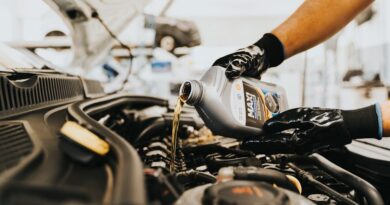What to Expect When Restoring a Classic Car
Restoring a classic car is a labor of love that requires time, dedication, and a deep appreciation for automotive history. Whether you’re a seasoned car enthusiast or a beginner looking to embark on a restoration project, understanding what to expect during the restoration process is crucial. From sourcing parts to tackling unexpected challenges, restoring a classic car can be a rewarding but complex journey. In this comprehensive guide, we’ll explore the ins and outs of what to expect when restoring a classic car, offering valuable insights and tips for a successful restoration experience.
The History of Classic Car Restoration
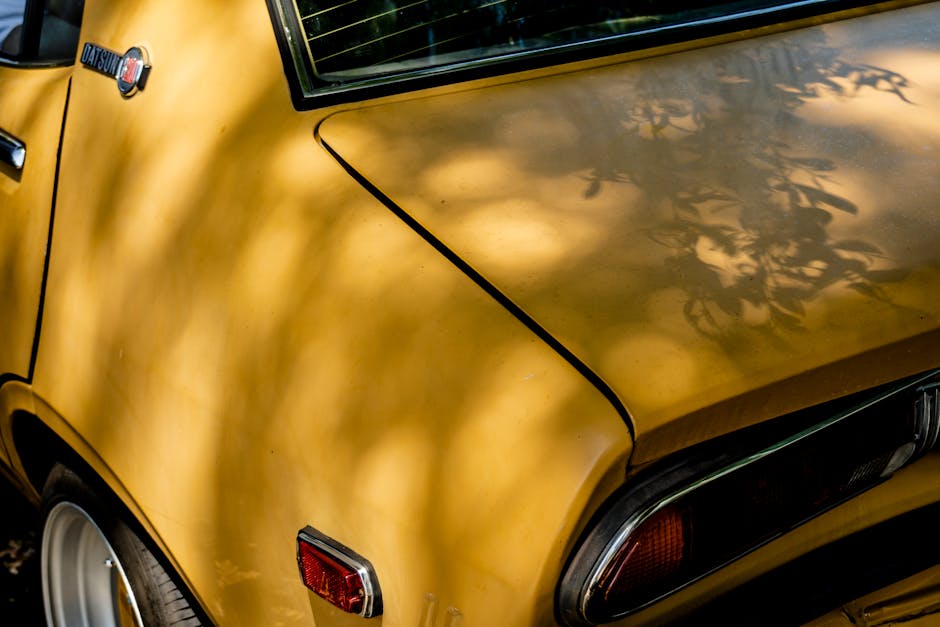
Before delving into the practical aspects of classic car restoration, it’s essential to understand the historical significance of preserving and restoring vintage automobiles. Classic car restoration has been a popular hobby for decades, with enthusiasts around the world dedicating their time and resources to reviving iconic vehicles from the past. The preservation of classic cars not only honors automotive heritage but also allows future generations to experience the beauty and craftsmanship of vintage automobiles.
Restoring a classic car involves more than just fixing mechanical issues or applying a fresh coat of paint. It requires a deep understanding of the car’s history, design, and engineering principles. By restoring a classic car, enthusiasts have the opportunity to breathe new life into a piece of automotive history, ensuring that these timeless vehicles continue to captivate audiences for years to come.
Initial Assessment and Planning
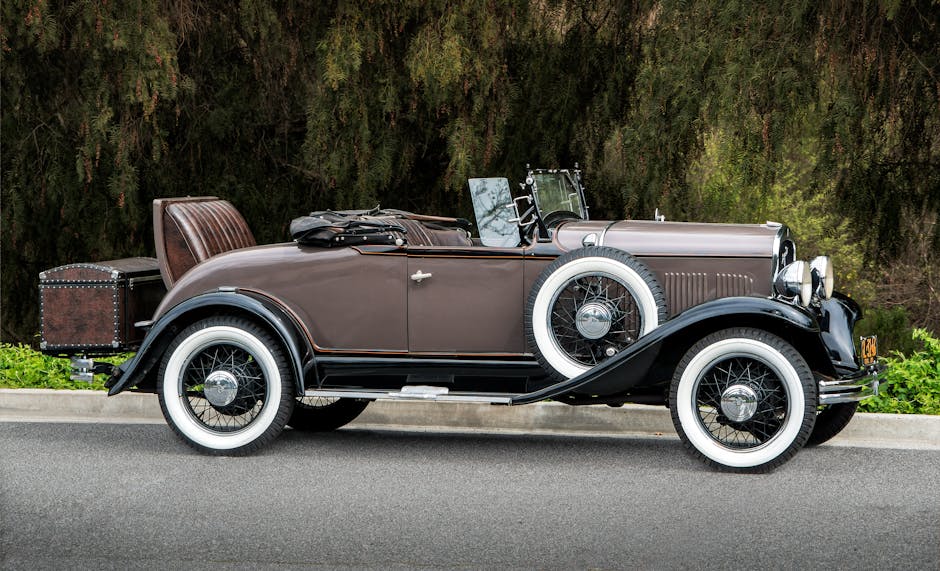
Before diving into the restoration process, it’s essential to conduct a thorough assessment of the classic car you intend to restore. Start by evaluating the overall condition of the vehicle, including the body, engine, interior, and electrical systems. Take note of any visible damage, rust, or missing parts that will need to be addressed during the restoration.
Once you’ve assessed the car’s condition, create a detailed restoration plan outlining the specific goals and objectives of the project. Determine whether you’re aiming for a full restoration to original factory specifications or a partial restoration with modern upgrades. Establish a realistic budget and timeline for the restoration, taking into account the costs of parts, labor, and any unforeseen expenses that may arise.
Research the availability of replacement parts and resources for your specific make and model of classic car. Join online forums, attend car shows, and connect with other enthusiasts to gather valuable insights and recommendations for your restoration project. Having a well-defined plan in place will help streamline the restoration process and ensure that you stay on track throughout the project.
Disassembly and Documentation
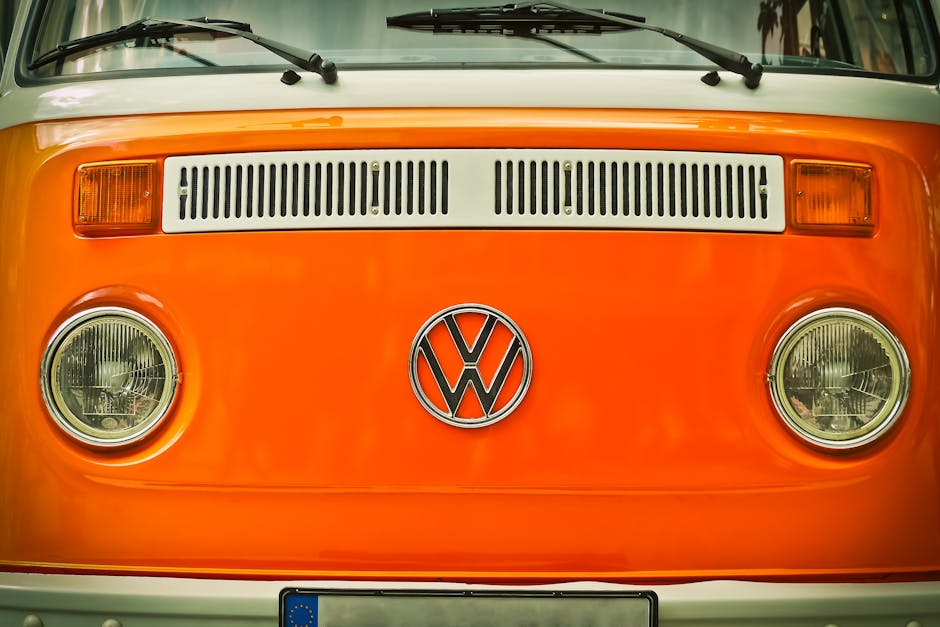
Once you’ve assessed the classic car and created a restoration plan, the next step is to begin the disassembly process. Carefully remove all components, including the engine, transmission, suspension, and interior trim, documenting the disassembly process along the way. Take photos, label parts, and keep detailed notes to help you remember how everything fits together during reassembly.
As you disassemble the car, inspect each part for damage, wear, or corrosion. Determine which components can be salvaged, refurbished, or replaced with new parts. Keep a detailed inventory of all parts and components to ensure that nothing gets lost or misplaced during the restoration process.
Consider creating a restoration journal or digital log to track your progress, document challenges and successes, and capture the highs and lows of the restoration journey. This documentation will not only serve as a valuable reference tool but also provide a sense of accomplishment as you see the project come together piece by piece.
Mechanical Restoration
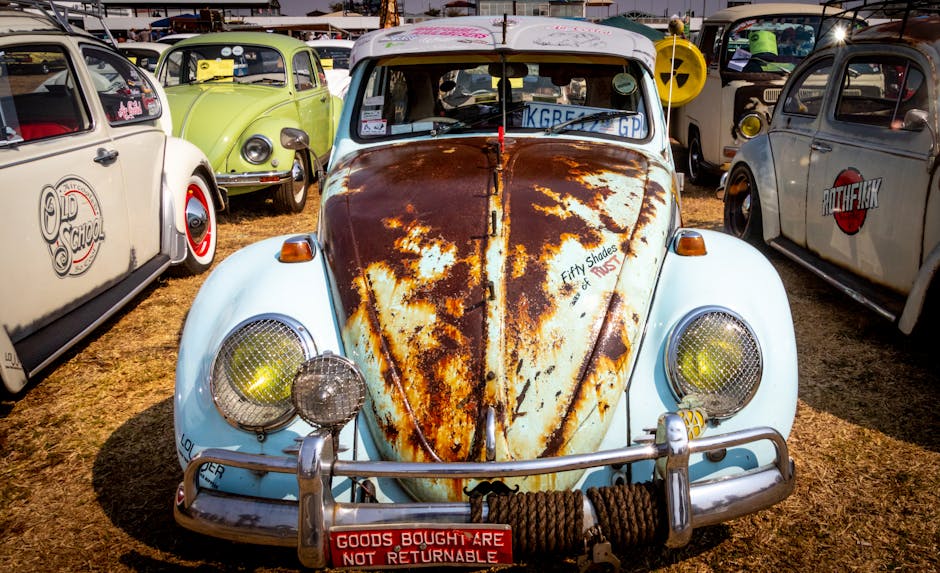
One of the most challenging aspects of restoring a classic car is tackling the mechanical components. From the engine and transmission to the brakes and suspension, restoring the mechanical systems of a vintage vehicle requires patience, skill, and attention to detail. Depending on the condition of the car, you may need to rebuild or replace key components to ensure optimal performance and reliability.
Begin by addressing the engine, which is often the heart of any classic car restoration. Inspect the engine for signs of wear, damage, or corrosion, and determine whether a complete rebuild or partial overhaul is necessary. Consider upgrading to modern components or performance enhancements to improve the car’s overall drivability and efficiency.
Next, focus on the transmission, brakes, and suspension systems, all of which play a crucial role in the car’s handling and performance. Replace worn-out parts, upgrade to high-quality components, and ensure that everything is properly lubricated and adjusted for optimal functionality. Pay close attention to safety-critical components such as brakes and steering to prevent accidents or malfunctions on the road.
Bodywork and Paint Restoration
The bodywork and paint restoration phase of a classic car project can be both gratifying and challenging. Restoring the exterior of a vintage vehicle requires meticulous attention to detail, as the bodywork and paint finish are what give the car its visual appeal and character. Whether you’re aiming for a show-quality finish or a driver-quality look, the bodywork and paint restoration process will significantly impact the final outcome of the restoration.
Begin by addressing any rust, dents, or imperfections on the car’s body panels. Use high-quality body filler, sanding tools, and primers to smooth out surface irregularities and prepare the metal for painting. Consider consulting with a professional body shop or restoration expert to tackle complex bodywork issues or structural repairs that may require specialized equipment or expertise.
Choose a color scheme and paint finish that complements the car’s original design or reflects your personal style and preferences. Invest in high-quality automotive paint, clear coat, and detailing products to achieve a flawless finish that will stand the test of time. Take your time during the painting process, applying multiple coats, sanding between layers, and buffing the final finish to a glossy shine.
Interior Restoration
The interior of a classic car is where you’ll spend most of your time behind the wheel, so it’s essential to restore it to its former glory. Whether you’re tackling a full interior restoration or making minor upgrades, the interior of a vintage vehicle plays a significant role in its overall aesthetics and comfort. From the dashboard and seats to the carpets and trim, every detail counts in creating a cohesive and visually appealing interior space.
Begin by removing the old interior components, including the seats, carpets, headliner, and door panels. Inspect each part for damage, wear, or staining, and determine whether they can be repaired, refurbished, or replaced with new materials. Consider upgrading to modern amenities such as a new stereo system, air conditioning, or custom upholstery to enhance the comfort and convenience of the interior.
Choose high-quality materials that are period-correct or in keeping with the car’s original design. Invest in professional upholstery services or DIY kits to reupholster the seats, door panels, and trim pieces with precision and care. Pay attention to small details such as knobs, switches, and trim pieces to ensure that the interior reflects the car’s heritage and craftsmanship.
Final Assembly and Testing
After completing the individual restoration phases, it’s time to reassemble the classic car and ensure that all components are properly installed and functioning correctly. Begin by following your documentation and notes from the disassembly process, using photos and labels to guide you through the reassembly. Take your time during this phase to prevent mistakes or oversights that could impact the car’s performance or safety.
Test each system and component as you reassemble the car, checking for leaks, vibrations, or malfunctions that may require further adjustments. Conduct a thorough inspection of the entire vehicle, both visually and mechanically, to identify any areas that need attention before finalizing the restoration. Consider enlisting the help of a professional mechanic or restoration expert to perform a final inspection and provide feedback on the car’s overall condition.
Once the classic car has been fully assembled and tested, take it for a test drive to evaluate its performance, handling, and overall drivability. Listen for unusual sounds, monitor fluid levels, and pay attention to any warning signs that may indicate underlying issues. Fine-tune the car’s settings, adjust components as needed, and address any final details before showcasing your restored classic car to the world.
Common Misconceptions about Classic Car Restoration
Despite the popularity of classic car restoration, there are several common misconceptions and myths that surround the hobby. One of the most prevalent misconceptions is that classic car restoration is a quick and easy process that can be completed in a matter of weeks or months. In reality, restoring a classic car requires a significant amount of time, effort, and resources to achieve a high-quality result.
Another common misconception is that classic car restoration is only for experienced mechanics or automotive professionals. While having mechanical knowledge and skills can certainly be advantageous, beginners and enthusiasts with a passion for vintage vehicles can also successfully restore a classic car with the right guidance and resources. By taking a systematic approach, seeking advice from experts, and learning as you go, anyone can embark on a classic car restoration project.
Conclusion
Restoring a classic car is a challenging yet rewarding endeavor that allows enthusiasts to preserve automotive history, showcase their skills, and experience the thrill of bringing a vintage vehicle back to life. From initial assessment and planning to final assembly and testing, restoring a classic car requires meticulous attention to detail, patience, and a deep appreciation for automotive craftsmanship.
By following a systematic approach, conducting thorough research, and seeking advice from experienced enthusiasts, you can navigate the restoration process with confidence and achieve a successful outcome. Whether you’re restoring a classic car for show purposes, personal enjoyment, or as a long-term investment, the journey of restoring a vintage vehicle is a gratifying experience that will leave a lasting legacy for years to come.
To wrap things up, restoring a classic car is a labor of love that requires dedication, perseverance, and a passion for automotive heritage. Whether you’re embarking on your first restoration project or adding another classic car to your collection, the process of restoring a vintage vehicle is a fulfilling journey that will test your skills, patience, and creativity. Embrace the challenges, celebrate the victories, and enjoy the ride as you breathe new life into a timeless piece of automotive history.


